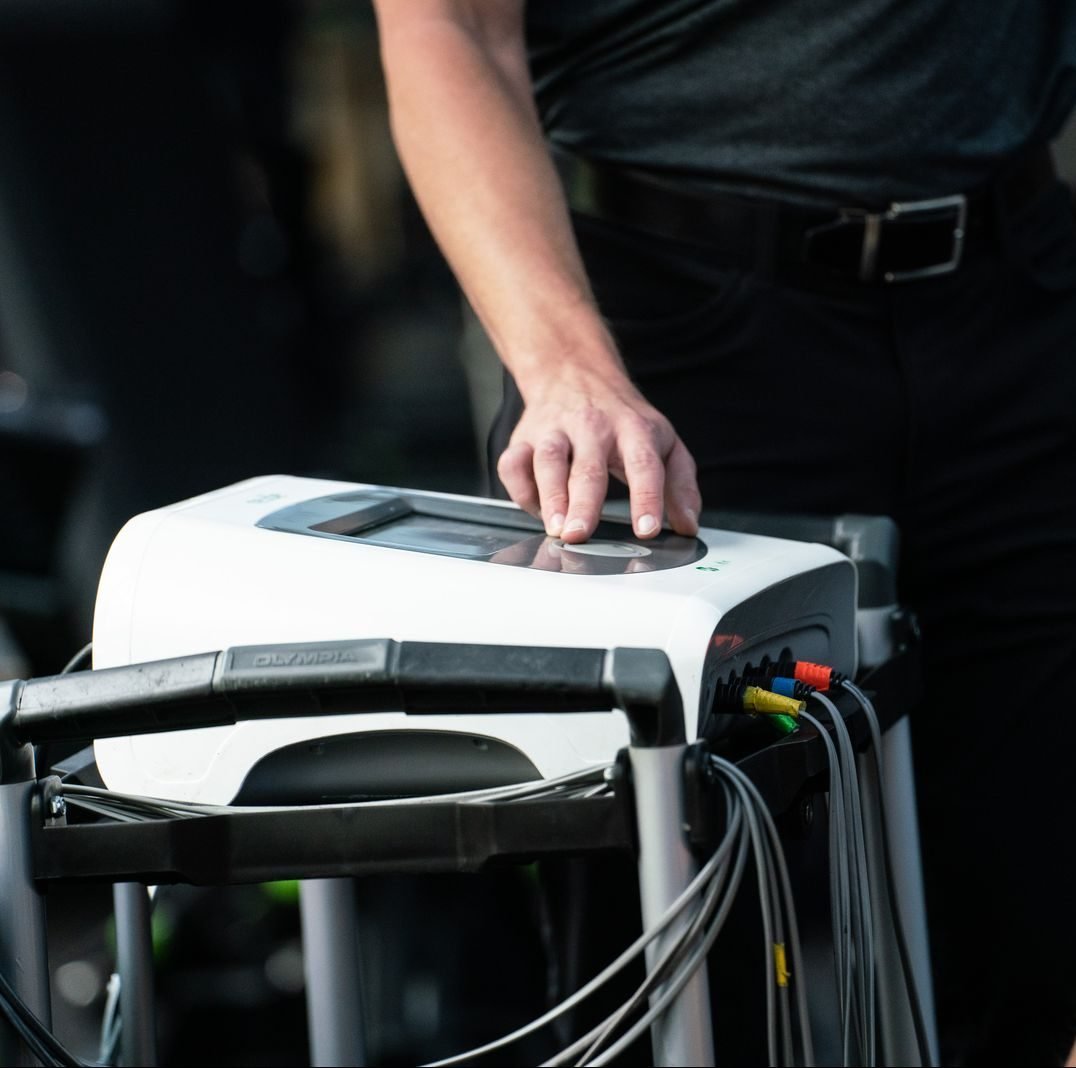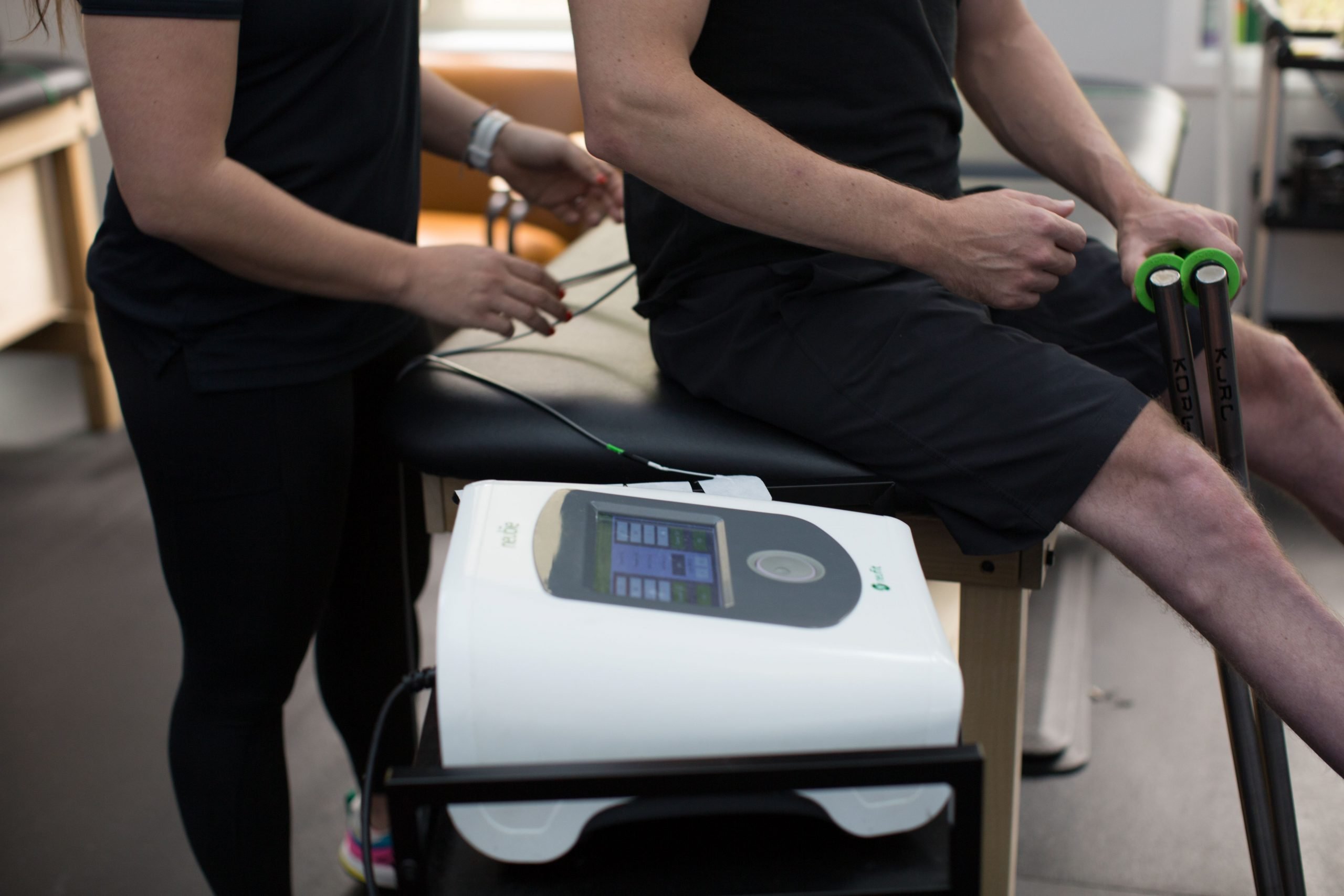As we continue to examine chronic pain, it’s important to evaluate the properties of the pain itself. One way we look at pain is whether it is “software-based” or “hardware-based”.
We are all unfortunately all too aware of the pain that can come when our computers and mobile technologies break down. One of the first things we do is determine if it is a problem with the software we are using or the hardware or equipment itself. As our bodies are high performance machines for living, our movement and capabilities are dependent on our own “software” and “hardware” working fully.
If the pain tends to vary in frequency and severity, if it’s vague, and if it can’t be reproduced with movement, then it is usually more software based. That is, it’s connected to or influenced by something non-physical or not specifically related to damage in the body.
When the location of the pain is more precise, and the more easily we can replicate it by moving the body, the more likely it’s hardware-based and related to tangible physical damage. The presence of heat, acute inflammation, and swelling are also signs of physical damage.
One of the advantages of the NeuFit® Method is that it can help distinguish between the hardware- and software- based causes of pain. Software-based pain tends to resolve quickly. When pain doesn’t resolve quickly, it’s an indicator that there might be a hardware issue. In this case, we might need to order an x-ray, MRI, or other images. Although rare, tumors or other disease processes can also cause pain.
This is part of why we take patients’ pain seriously and why we refer to other professionals when we can’t resolve it completely.
Chronic Joint Pain
Chronic joint pain is a common problem for athletes and non-athletes alike. How much the neurological approach can help depends on the extent of the structural damage in the joint. In some cases, our pain treatment methods help patients to the point where they no longer feel pain and no longer need surgery. In other cases, the structural or hardware damage to the joint is so great that the functional approach can’t make a significant difference.
In most cases even the most severe structural injuries have at least some functional components. For this reason, if a patient is due for a joint replacement, we recommend they try the neurological approach first. It is non-invasive and the risks are extremely low. Moreover, it only takes a few sessions to assess whether or not our approach can help.
If patients don’t see any tangible progress after three to five NeuFit treatments, we infer the pain is related to a structural issue that may require surgery or regenerative treatments like injections of stem cells, plasma, or other growth factors. Though NeuFit treatments can still help as part of the recovery process, we expect it to take longer overall.
Treating Psychological Pain
We often get asked if a neurological approach can be effective if chronic pain is rooted in a psychological issue rather than physical. Because the body’s response to a threat, be it physical or psychological, is still physical, taking a neurological approach can still be effective.
In fact, there’s a growing body of research in the field of physiological psychology that demonstrates how psychological trauma—from post-traumatic stress disorder (PTSD) to financial, professional, or relationship conflicts—can manifest as tension and pain in the body. Lower back pain, for example, is not only caused by ergonomic or physical strain but also by higher stress levels and lower morale. Working neurologically, we can help undo the protective physical patterns and chronic pain that result from psychological stressors.
Proprioception – The Brain’s Awareness of the Body
A key component in addressing chronic pain at the neurological level is restoring proprioception which is the body’s overall ability to see itself in space. It’s the brain’s perception or awareness of the body’s position and movements.
When a patient’s proprioception is compromised, it can have a dramatic effect on their brain’s capacity to evaluate threats. And since pain is a response to the brain’s perception of threat, it naturally follows that diminished proprioception can contribute to chronic pain.
In simple terms, having reduced or compromised proprioception is like running around with a blindfold on. When you can’t see where you’re going, you’re much more likely to injure yourself. You also tend to move more slowly and be more guarded. In this situation, the brain often responds by locking down a limb in order to reduce movement—and minimize the threat.
Using a combination of manual techniques, joint mobility drills, and electrical stimulation from our Neubie® device, we increase sensory inputs to increase proprioception. This approach can have a profound impact on chronic pain.
As we’ve explored, chronic pain has many dimensions and taking a neurological approach can be an effective way to distinguish the properties of the pain and bring effective and lasting relief.
Let’s charge forward to better outcomes together!


